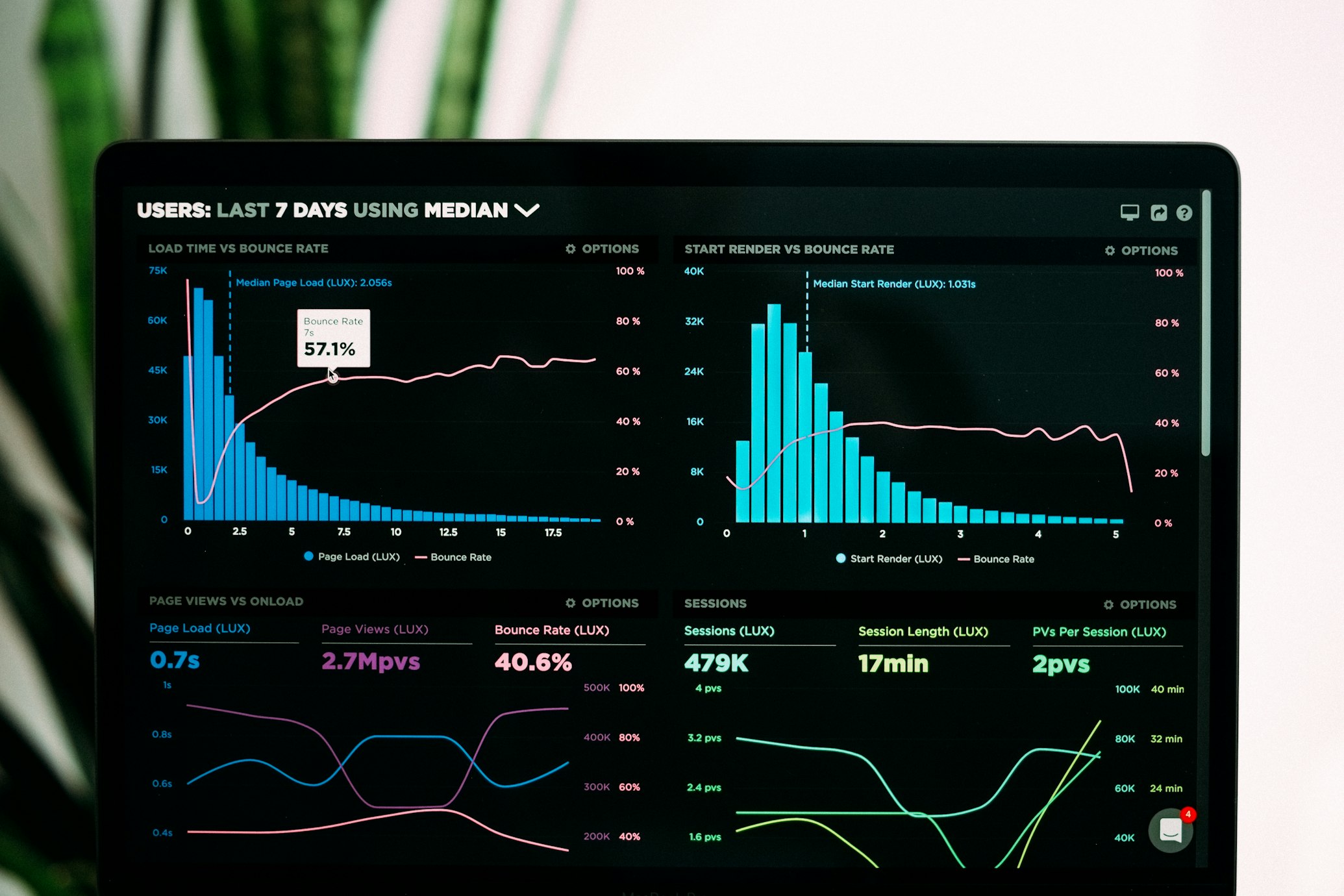Lightning Strikes Twice
How Doped Nanoparticles Are Supercharging Solar Cells
In the high-stakes race for clean energy, scientists have cracked the code to transform plastic solar cells from laboratory curiosities into competitive power generators—using quantum-sized particles that act as molecular lightning rods.
Article Navigation
Revolutionizing Solar Power
The quest for affordable, efficient solar power has taken a revolutionary turn with polymeric solar cells. Unlike their rigid silicon cousins, these flexible plastic films promise lightweight, printable energy solutions—from wearable chargers to building-integrated photovoltaics. For decades, however, their Achilles' heel remained low efficiency. Enter doped conjugated polymer nanoparticles: engineered materials where nanoscale doping creates electron superhighways through organic semiconductors. Recent breakthroughs have catapulted efficiencies toward 20%, breathing new life into the field 6 .
The Science of Molecular Lightning Rods
Conjugated polymers form the backbone of this revolution. Their alternating single-double bond structures create "molecular highways" where electrons flow freely:
π-electron delocalization
Electrons spread across overlapping p-orbitals, enabling charge mobility comparable to inorganic semiconductors 6
Doping's Quantum Leap
Doping's quantum leap occurs when nanoparticles like ZnO or titanium dioxide are embedded into polymers. This isn't mere mixing—it's a precision operation:
1. Charge-transfer complexes
Nanoparticles introduce charge-transfer complexes, creating energetic staircases for electrons to hop between chains 1
2. Dual ion/electron transport
Ionic side chains in conjugated polyelectrolytes (CPEs) enable dual ion/electron transport, reducing energy losses at interfaces 2
3. Topology matters
Cyclic polymers (e.g., ring-shaped P3HT) pack tighter than linear chains, enhancing interchain charge hopping 5
Table 1: Evolution of Conjugated Polymers for Solar Cells
| Generation | Example Materials | Key Innovation | Max Efficiency |
|---|---|---|---|
| First (1970s) | Polyacetylene | Basic conductivity via doping | <1% |
| Second (1990s) | P3HT, MEH-PPV | Solubility via alkyl side chains | ~5% |
| Third (Present) | D-A Copolymers + NPs | Bandgap engineering + nano-doping | >19% |
The Breakthrough Experiment: ZnO Supercharges a Copolymer
A landmark 2013 study illuminated doping's transformative power. Researchers at Al Imam Mohammad Ibn Saud Islamic University engineered solar cells using the copolymer BEHP-co-MEH-PPV blended with zinc oxide (ZnO) nanoparticles 1 .
Methodology: Precision Layering
Substrate prep
Glass and silicon wafers were ultrasonically cleaned to remove particulate contaminants
Solution formulation
The copolymer was dissolved in THF, then blended with 20-40nm ZnO nanoparticles at varying weight ratios (0–15%)
Film deposition
Using spin-coating at 1200 rpm, ultra-thin active layers (~100nm) were deposited
Characterization
Atomic force microscopy (AFM) mapped surface morphology, spectrophotometry measured light absorption, current-voltage (I-V) curves quantified power output
Results: The Nanoparticle Edge
- AFM revealed denser packing in doped films, with roughness tightly controlled at 20–40nm (critical for minimizing electrical shorts) 1
- Photoluminescence spectra showed quenched emission in blends—proof that ZnO nanoparticles were extracting electrons from the polymer before they could recombine
- The champion device achieved a 20% efficiency boost over undoped controls, attributed to tripled hole mobility
Table 2: How ZnO Doping Transforms Solar Cell Performance
| Parameter | Undoped Polymer | 15% ZnO Doped | Change |
|---|---|---|---|
| Power Conversion Efficiency | 8.75% | 10.08% | +15.2% |
| Film Roughness | 55±5 nm | 38±3 nm | Smoother |
| Hole Mobility | 0.001 cm²/V·s | 0.003 cm²/V·s | 3× higher |
| Conductivity | 10⁻⁵ S/cm | 10⁻³ S/cm | 100× higher |
"Incorporating ZnO nanoparticles created a cascade effect—like adding express lanes to a congested highway. Electrons moved faster and recombined less, directly boosting output."
The Scientist's Toolkit: Building Next-Gen Solar Cells
Creating these nanostructured materials demands specialized reagents and techniques:
Table 3: Essential Tools for Nano-Enhanced Solar Cells
| Material/Tool | Function | Innovation |
|---|---|---|
| Microfluidic Reactors | Controls NP self-assembly | Enables defect-free cyclic P3HT NPs with hypsochromic shifts 5 |
| Conjugated Polyelectrolytes (CPEs) | Interface modifiers | Hydroxide anions create interfacial dipoles, boosting voltage 9 |
| Machine Learning Models | Predicts polymer properties | Optimizes side-chain patterns for mobility/stretchability 8 |
| Anion Exchange Resins | Tunes counterions | Swapping OH⁻ for tosylate enlarges interface dipoles 9 |
| Physical Vapor Deposition | Ultra-thin film coating | Deposits [PoPDA/TiO₂] films at 100±3nm precision |
From Lab to Life: Real-World Applications
The flexibility of nanoparticle-doped polymers is unlocking unprecedented applications:

Stretchable solar cells
All-polymer blends now achieve >14% efficiency while stretching over 50%—ideal for bendable wearables 4

Low-light warriors
D-A copolymer NPs absorb infrared photons, generating power at dawn/dusk when silicon panels fail 7

Self-healing films
Ionic side-chains in CPEs enable moisture-assisted crack repair, extending device lifespan 2
The Road Ahead
While efficiencies near 19.69% have been reported for TiO₂-doped systems , three frontiers promise further gains:
Interface engineering
Anion-tailored polyelectrolytes (e.g., PFN-NDI-OH) are eliminating electrode energy losses 9
Multi-dopant cocktails
Hybrid nanoparticles (e.g., ZnO + graphene quantum dots) could address both electron and hole transport
AI-driven synthesis
Machine learning predicts optimal donor/acceptor pairings before lab testing 8
As physicist Alan Heeger (Nobel Laureate for conductive polymers) proclaimed, "The future of photovoltaics will be plastic." With doped nanoparticles turning polymers into electron superhighways, that future is now dawning.
For further reading
Explore the pioneering studies in Current Journal of Applied Science and Technology (Hennache et al.) and RSC Applied Polymers (Zhang et al.).